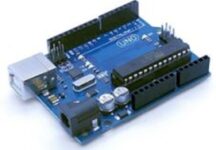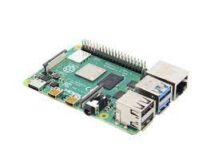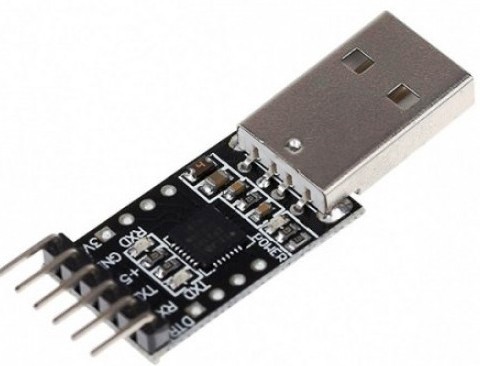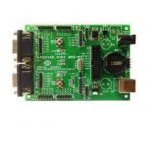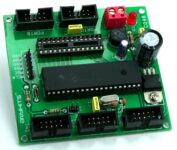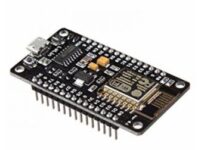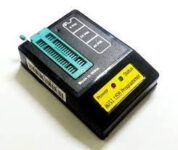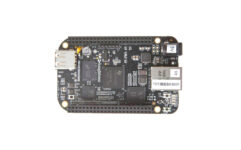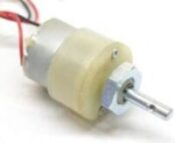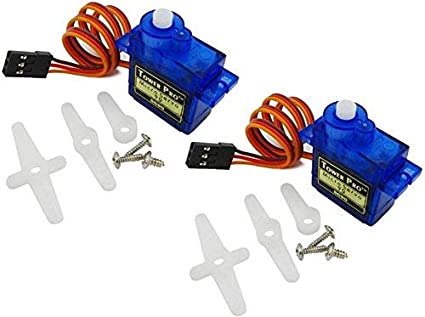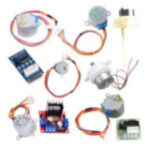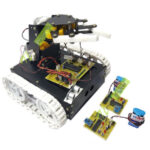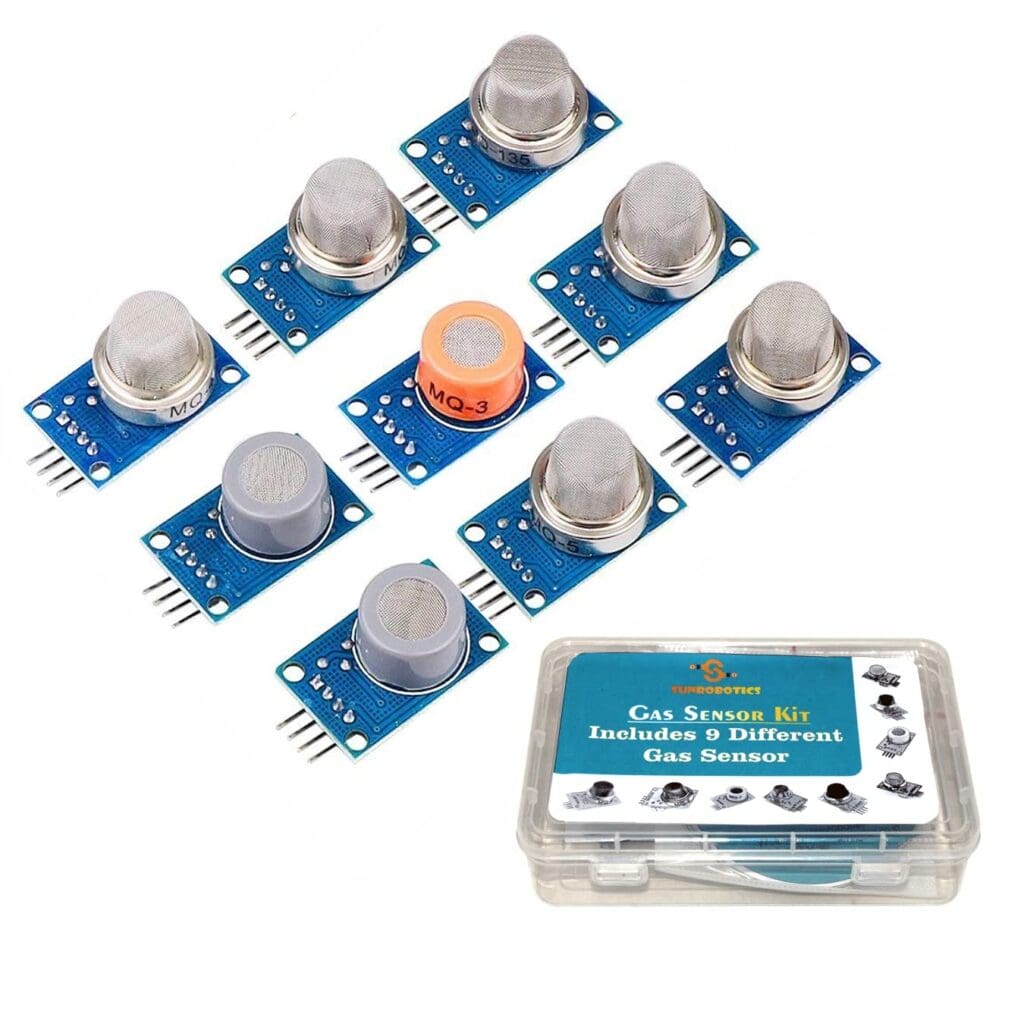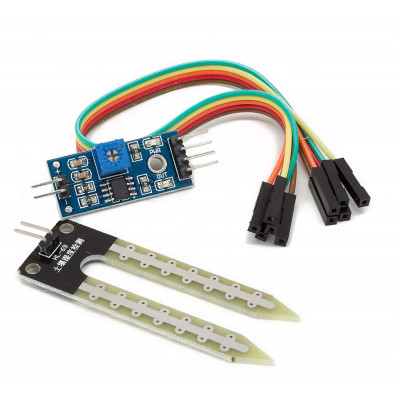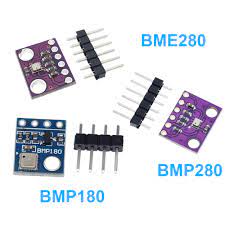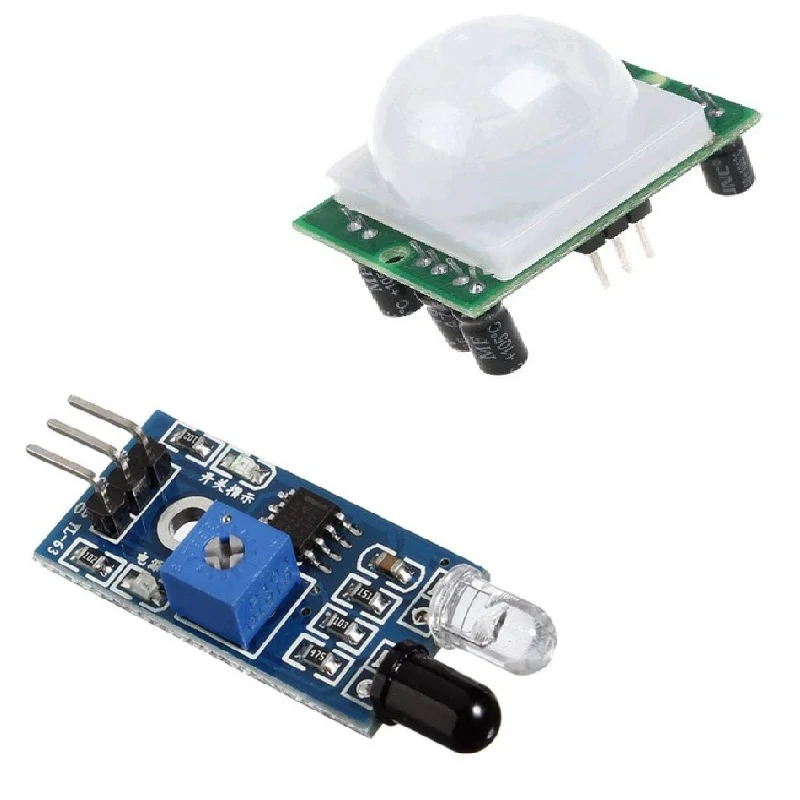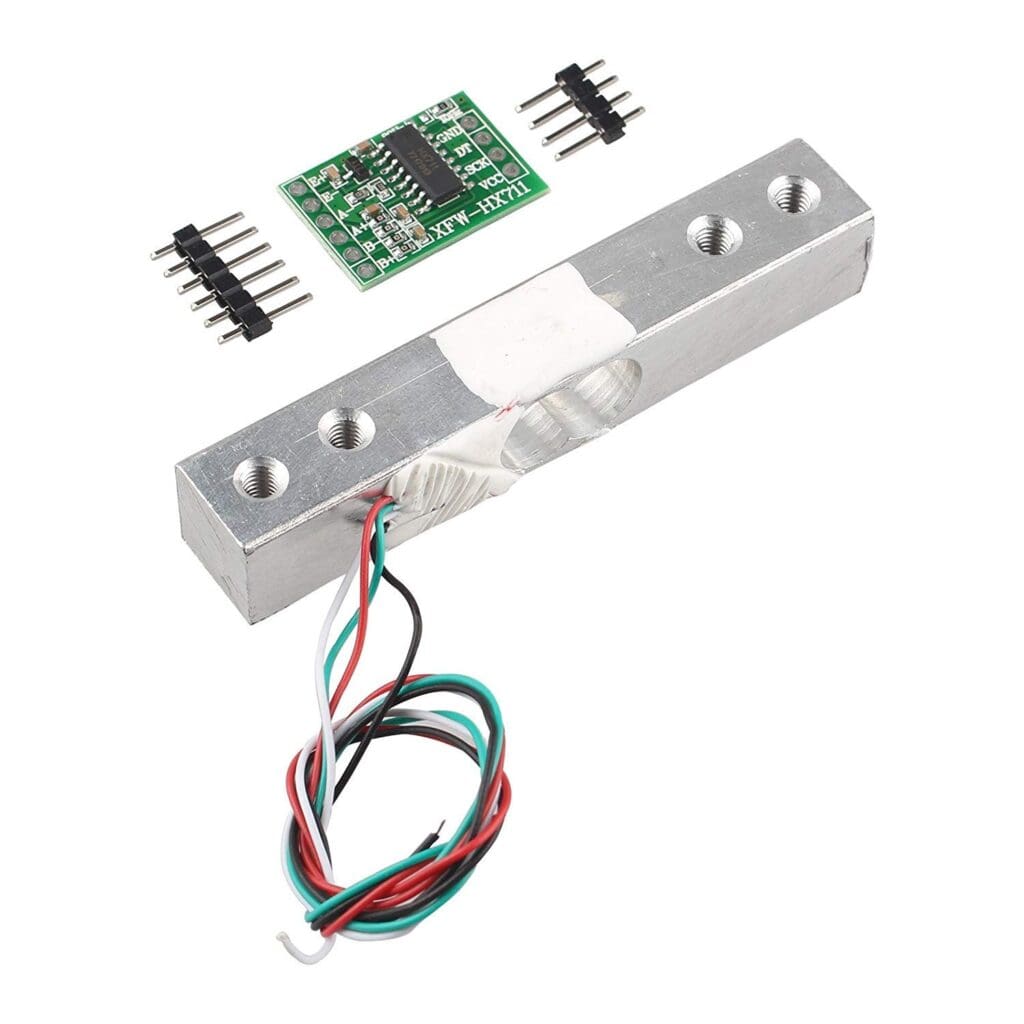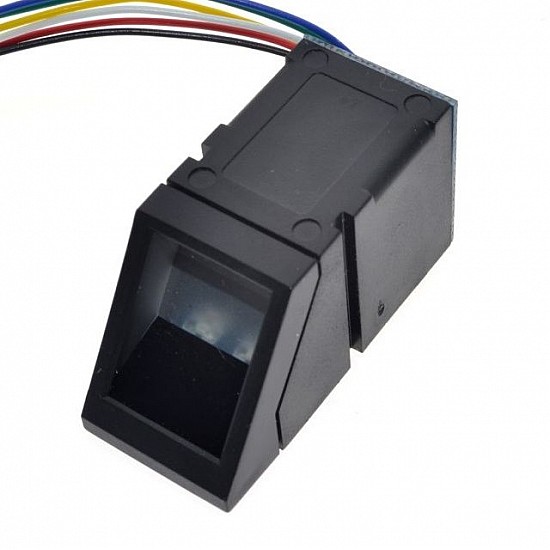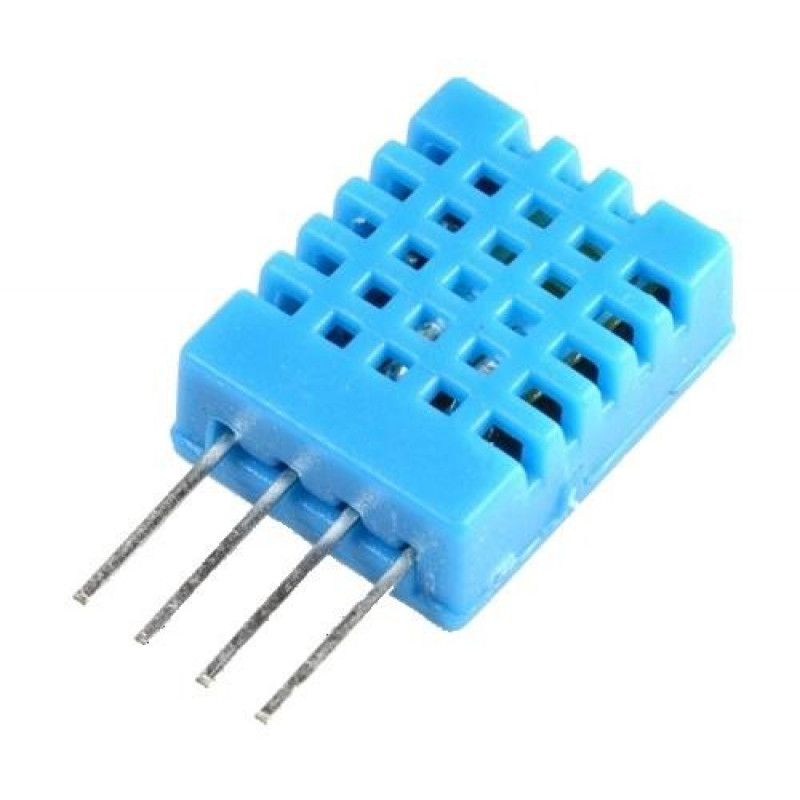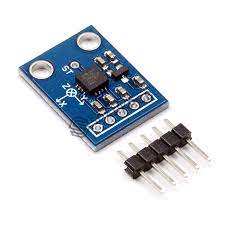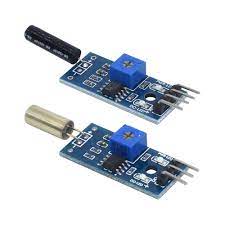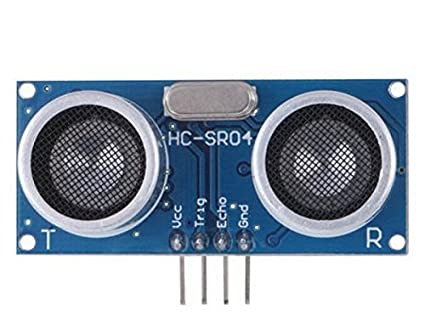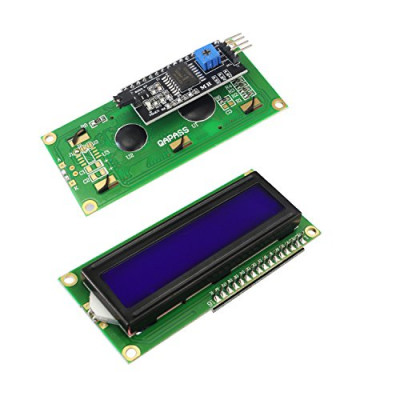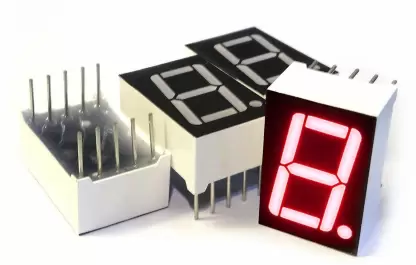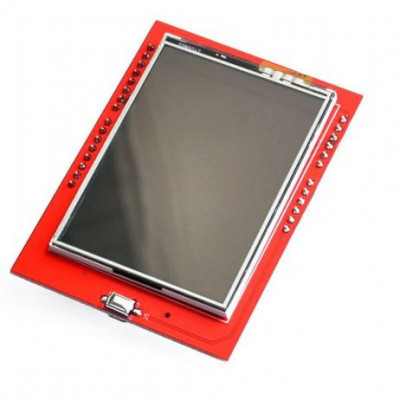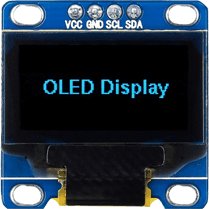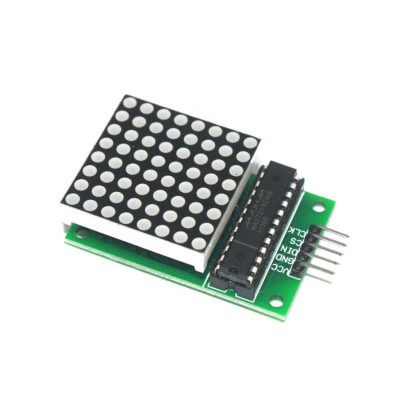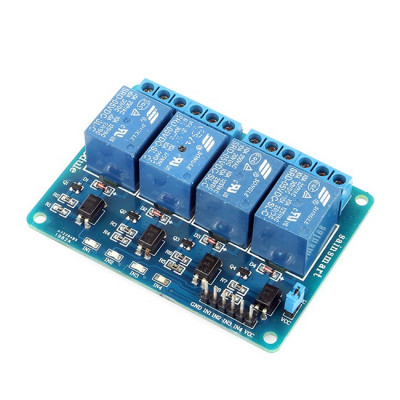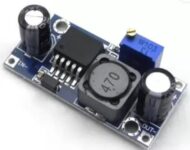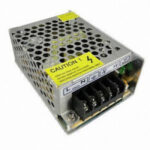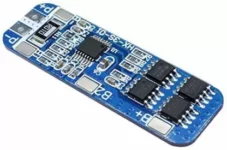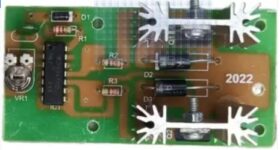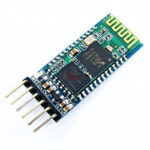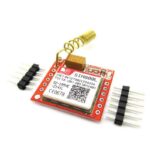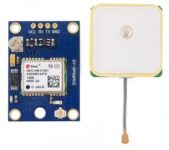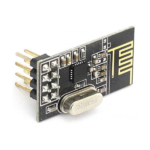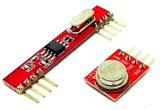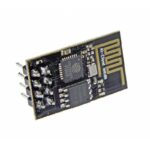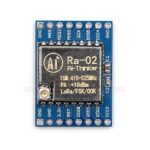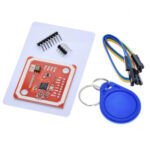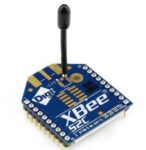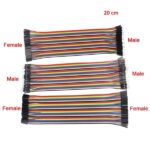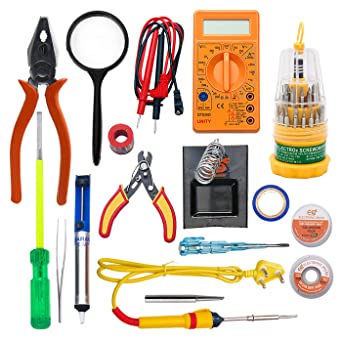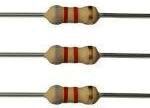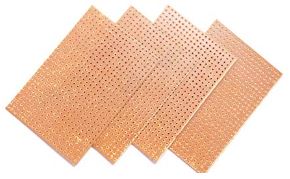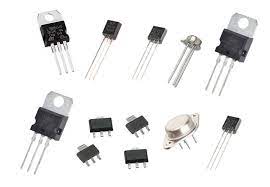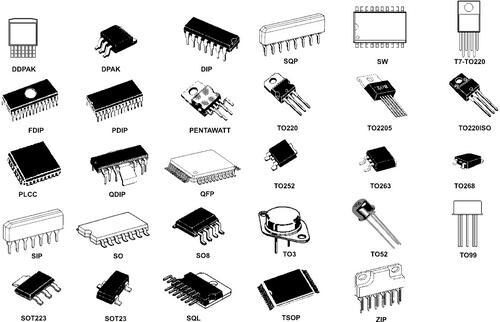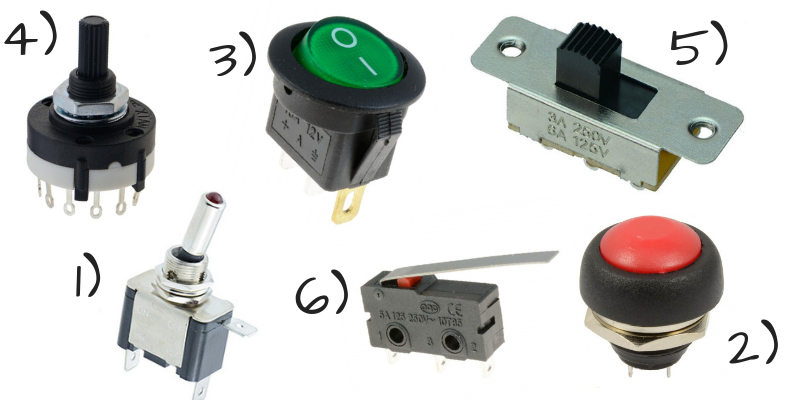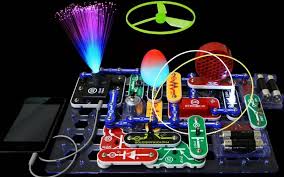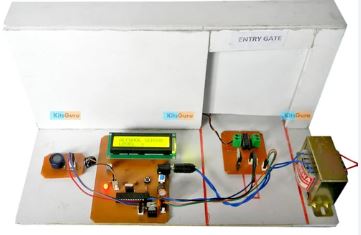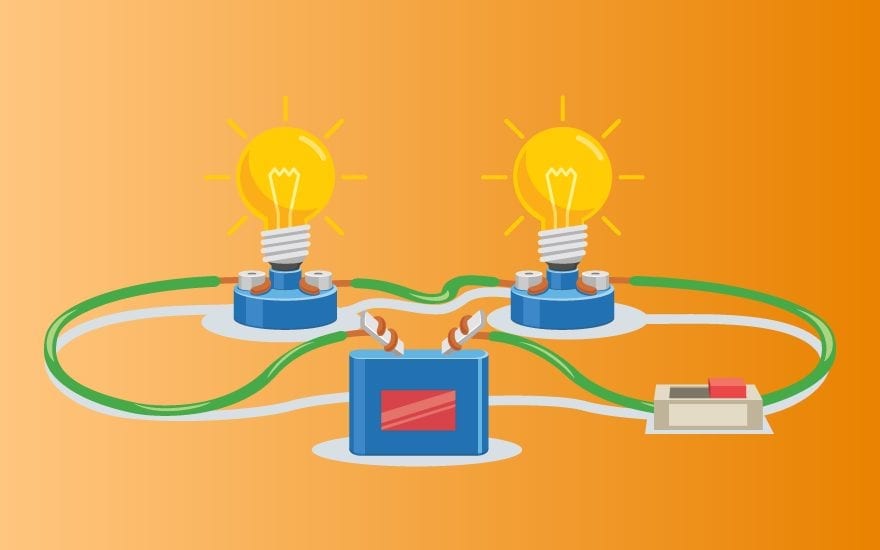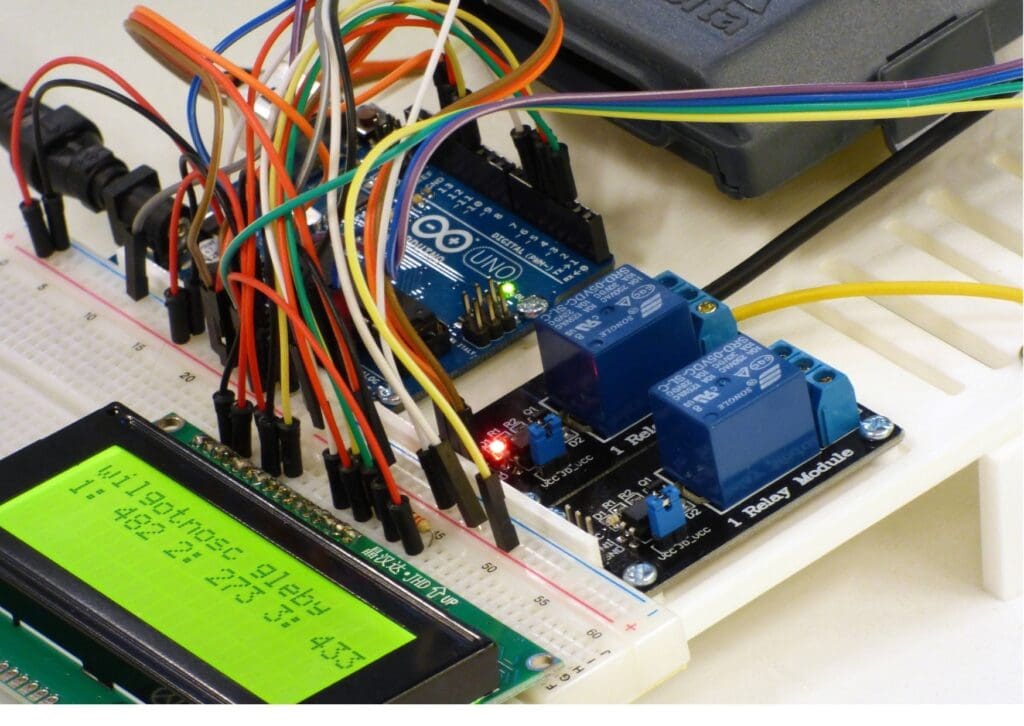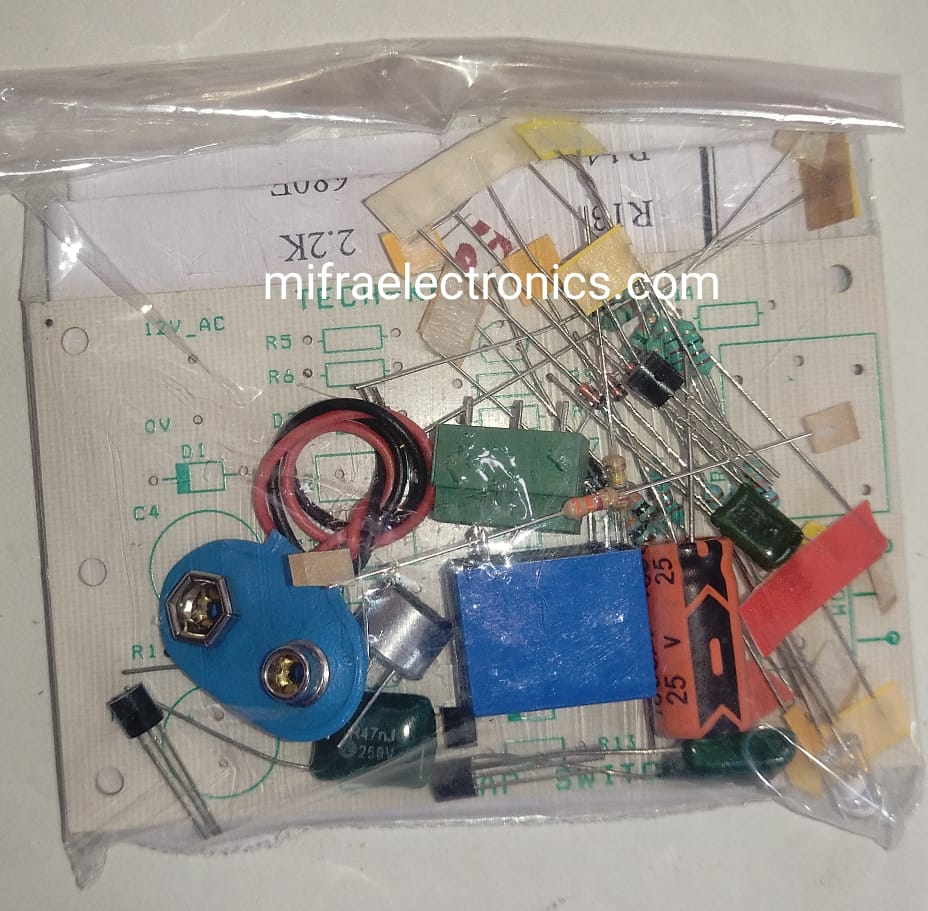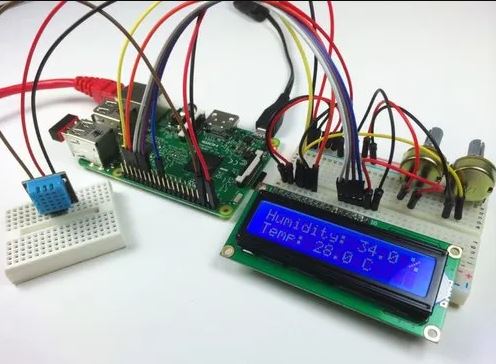Transistors: The Switches of Electronics
Introduction
In the ever-evolving realm of electronics, few components have had as profound an impact as transistors. These tiny devices, often no larger than a grain of rice, serve as the fundamental building blocks of modern electronic circuits, enabling the creation of everything from simple amplifiers to complex computer processors. In this blog post, we will delve into the fascinating world of transistors, exploring their history, functionality, and the pivotal role they play in powering the devices we use every day.
The Birth of Transistors:
The story of transistors begins in the mid-20th century. Before their invention, electronic devices relied on bulky and inefficient vacuum tubes. The breakthrough came in 1947 when scientists John Bardeen, Walter Brattain, and William Shockley at Bell Labs introduced the world to the transistor. This revolutionary invention marked the shift from the era of vacuum tubes to the compact, reliable, and energy-efficient transistors.
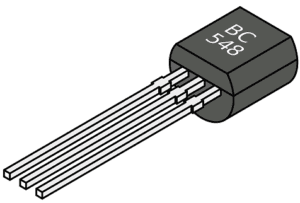

Understanding Transistor Functionality:
At its core, a transistor is a semiconductor device that acts as a switch or an amplifier in electronic circuits. It consists of three layers of semiconductor material—namely, the emitter, base, and collector. The arrangement of these layers determines the type of transistor, whether it be a bipolar junction transistor (BJT) or a field-effect transistor (FET).
1. Bipolar Junction Transistor (BJT):
- The BJT comprises an N-type and a P-type semiconductor material.
- It functions as a current amplifier, allowing a small current to control a larger one.
- BJTs are commonly used in amplifiers, oscillators, and digital logic circuits.
2. Field-Effect Transistor (FET):
- The FET, on the other hand, relies on an electric field to control the flow of current.
- It comes in two main types: Metal-Oxide-Semiconductor FET (MOSFET) and Junction FET (JFET).
- FETs are prevalent in applications such as integrated circuits, voltage amplifiers, and switching circuits.
Transistors in Action:
Transistors act as electronic switches, controlling the flow of electrical current. In digital circuits, they are employed as binary switches—either on (conducting) or off (non-conducting). This binary nature forms the basis of the binary code used in computing systems, making transistors the backbone of modern digital technology.
The Impact on Technology:
The miniaturization of transistors has been a driving force behind the exponential growth in computing power described by Moore’s Law. As transistors became smaller and more efficient, the number that could be packed onto a single semiconductor chip increased, leading to faster and more powerful electronic devices.
Challenges and Future Developments:
While transistors have played a crucial role in advancing technology, researchers and engineers face challenges as they continue to shrink the size of transistors. Quantum effects and heat dissipation become significant concerns at the nanoscale. Novel materials and innovative designs are being explored to overcome these challenges and pave the way for the next generation of transistors.
Conclusion:
In the vast landscape of electronics, transistors stand out as the unsung heroes, quietly enabling the operation of devices that have become integral to our daily lives. From the early days of bulky vacuum tubes to the current era of nanoscale transistors, their evolution reflects the relentless pursuit of efficiency and innovation. As we look toward the future, the role of transistors in shaping the electronics landscape is bound to remain pivotal, ensuring that the switches of electronics continue to drive progress and shape the technological landscape for generations to come.



